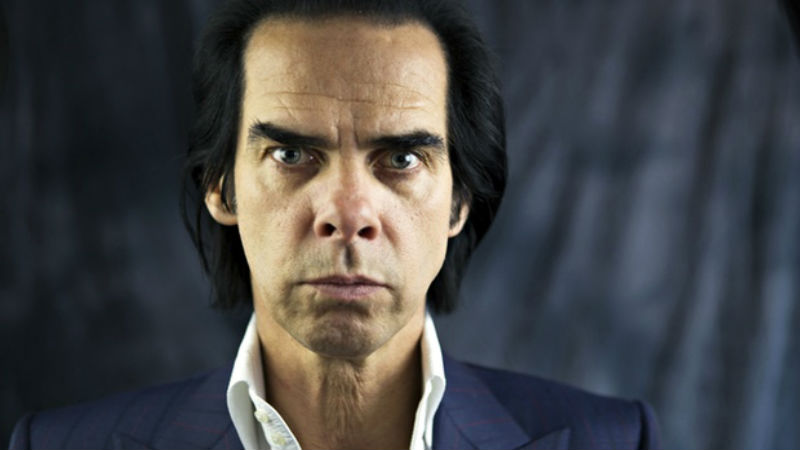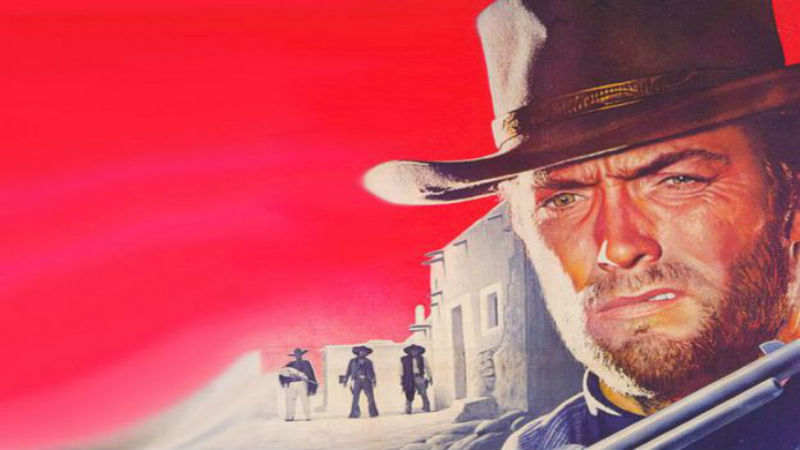QUICK SNAP : LIVE FROM THE RED SEA
Once upon a time in the North West, a young man bought a Music for Pleasure LP, with a snarly Clint Eastwood squinting from beneath his cowboy hat. That LP was a compendium of Ennio Morricone’s music to the first two of Sergio Leone’s Spaghetti Western Dollars trilogy. It was a moment of imprinting like newly born ducklings catching sight of mother. From that point on film music would mean first and foremost Ennio Morricone.
The Mission (1986) soundtrack was soon purchased (on cassette) and various other soundtracks were acquired. The Good, the Bad and the Ugly (1966), Once Upon a Time in America (1984) and The Untouchables (1987) joined an ever growing plethora of best of compilations. They were endless partly because the small unassuming maestro’s output was incredibly, super humanly prolific. Giuseppe Tornatore’s new musical profile is more an act of filmic genuflection. We are first presented with Morricone’s morning exercise routine – some light stretching, rather than full on aerobics, followed by a bit of air conducting. Like air guitar but way cooler.
What then ensues is a hagiographic process through Morricone’s humble beginnings forced to take up trumpet playing by his father to his final position at the pinnacle of his art. Throughout we hear from colleagues, competitors, collaborators and friends, who all insist on the man’s genius, his vision and his basic decency. He emerges as a shy but stubborn man, who was always resentful of how his paying work was not held in the esteem – even by himself – that it so obviously deserves.
The collaboration with his old school friend Sergio Leone takes a central position, but it is wonderful to hear the scope of Morricone’s other scores, from Dario Argento to Bernardo Bertolucci, Elio Petri to Brian de Palma. Tornatore himself turns up as an eyewitness having hired Morricone to score Nuovo Cinema Paradiso (1988). In parallel with his film work, Tornatore also uncovers Morricone’s early pop career and his mad experimental work which existed in diametric opposition to his melody laden scores, heavily influenced by the work and philosophy of John Cage.
Much of the tale is recounted in Morricone’s own words and, interviewed well into his nineties, Morricone is occasionally moved by his own memories. He is a man aware of his legacy and aware that he hasn’t quite received his just desserts. to make up for this, Tornatore has enlisted a-listers such as Clint Eastwood, Bruce Springsteen and Quentin Tarantino to pay homage. John Williams, Quincy Jones and Hans Zimmer all address the influence of the maestro on their own work and testify to his preeminence as a composer in their field.
If the film has a drawback, it’s that the music is so good, you long for more of it and less yacking. But having the man himself explain his method and his thinking throws light on his work. It’s especially fascinating that part of him genuinely hates melody as unoriginal and obvious, even though if there is something his scores all have in common it is a pronounced facility with melody. If one person has been responsible for elevating film music to the same level as contemporary music it has to be Ennio Morricone. Long may it so remain.
Ennio just showed at The Red Sea International Film Festival which will run from 6-15 December, in Jeddah, Saudi Arabia.











